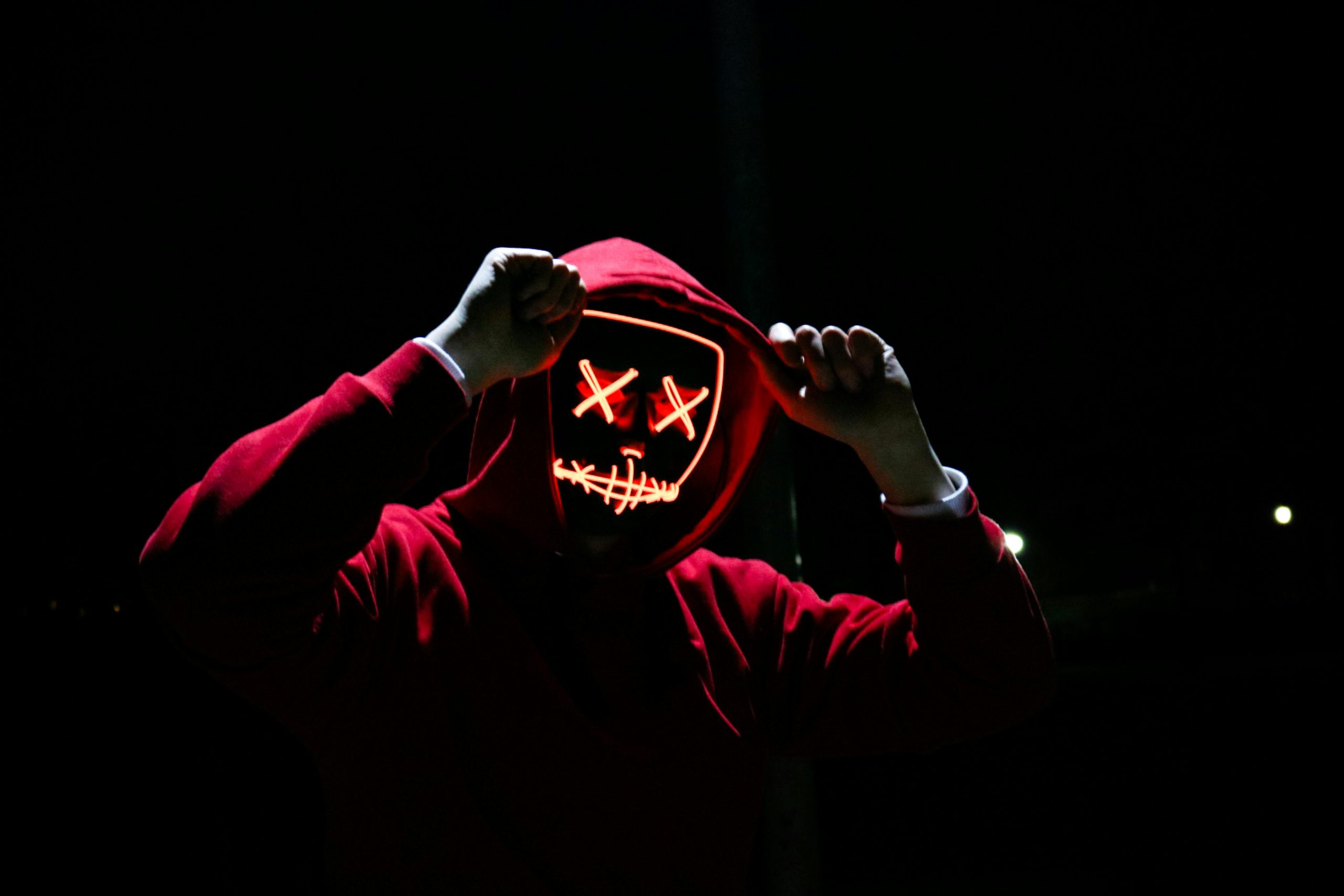Most people don’t think twice when naming their home Wi-Fi network. But what many don’t realize is that your SSID (Service Set Identifier) — the name your Wi-Fi broadcasts — can unintentionally reveal sensitive personal information to cybercriminals.
Whether it’s your full name, apartment number, or even the device you’re using, scammers can use your Wi-Fi name to learn more about you than you’d ever expect.
🚨 Why Your Wi-Fi Name Matters
Let’s say your network is named something like:
SmithFamily_Home,3rdFloor_Apt45,Marianne-iPhone_WiFi, or123MainStreet_WiFi.
To you, these names feel convenient or descriptive. But to scammers, they are goldmines of information.
From your last name to your location, or even the type of device you use — this can be the first breadcrumb that allows scammers to build a profile on you.
🎯 Real-Life Examples of Risky SSIDs
Avoid naming your Wi-Fi any of the following:
❌ Johnson_45B_Riverside
❌ MarieS8HomeNet
❌ 203_WiFi_StudioParis
❌ Xavier_AppleWatch
❌ PaulOfficeWiFi
These names can help scammers:
- Pinpoint your physical address,
- Determine your surname,
- Identify which devices you use (helpful for phishing),
- Or craft personalized attacks, including impersonation or network spoofing.
🧠 What Scammers Do With This Info
Cybercriminals or fraudsters may:
- Use Wi-Fi names to identify high-value targets, such as elderly individuals or professionals.
- Combine the SSID data with publicly available social media or business info to build detailed identity profiles.
- Create “evil twin” networks — fake Wi-Fi access points with similar names to yours — to trick you or your family into connecting, allowing them to steal login credentials or personal data.
✅ How to Name Your Wi-Fi Safely
Here are some tips for choosing a privacy-safe SSID:
🔸 Avoid personal details like names, addresses, floor numbers, or birthdays.
🔸 Choose a neutral, meaningless name like:
Netlink_5GHz,HomeBase_205,SkyHub_X3_88.
🔸 Don’t include device names — never use “iPhone”, “Samsung”, or “Macbook” in the name.
🔸 Consider disabling SSID broadcasting if you’re technically inclined. It prevents your network from showing up in public scans.
🔸 Update your router’s default credentials and Wi-Fi password immediately after installation, and use strong, unique passwords.
⚠️ One Tiny Mistake Can Be a Big Risk
While your Wi-Fi name may seem like a small detail, when combined with other data — such as what you post on social media — it becomes a powerful puzzle piece for scammers.
The more private your digital habits, the harder it is for criminals to exploit you.
Need help or have concerns?
If you think your network might have been compromised, or if you’re unsure whether your Wi-Fi setup is secure, reach out to our experts.
📧 info@fast-recover.com
We’re here to help, confidentially and professionally.


